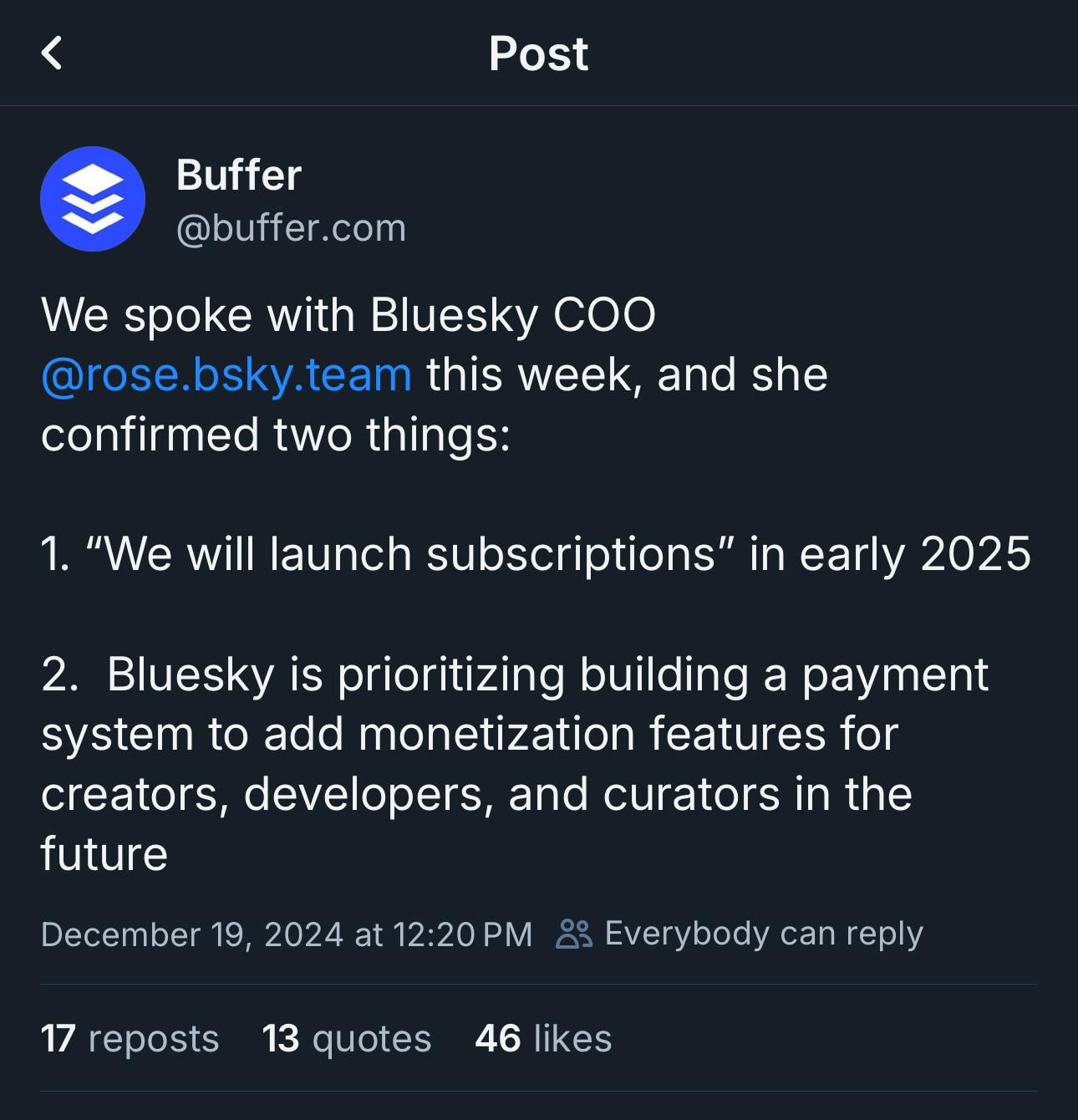New: Fediverse Report 109
This week, an essay about #Bluesky's proposal for setting user preferences on their accounts. This allows people to indicate how they want their data to be handled off-protocol. I wrote about how the #fediverse can improve on this, using its strengths of many different communities, each with its own culture and values.
Also:
- Next week is the digital conference @fediforum
- A research dataset to compare Threads and Mastodon users
Read at:









